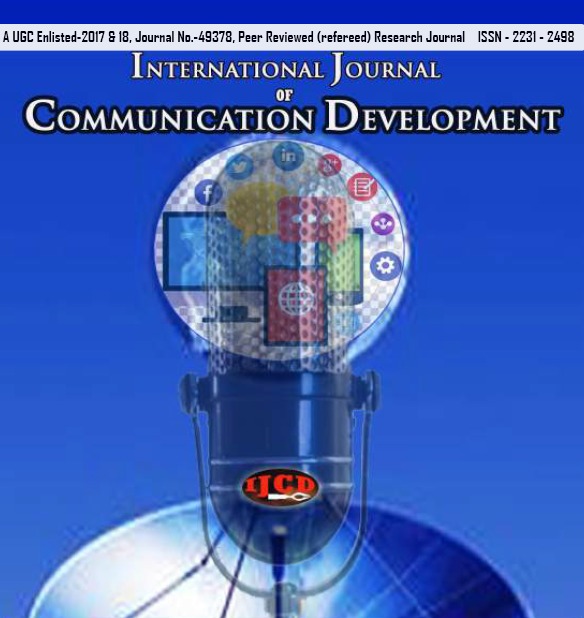Foreseeable media inclination in making a single authoritarian nation: Review study of press freedom in India & China
##plugins.themes.bootstrap3.article.main##
Abstract
India and China are developing exciting changes in their media industries. Both countries are viewed as lucrative economies for digital content, and it is increasing in their billion-plus respective populations. However, the government's involvement and the business people's interference have questioned the news's authenticity. In the annual report compiled by Reporters without Borders, India is marked as 150th rank in the World Press Freedom Index, and China is reported as 179 th out of 180 countries. The trend of propaganda news is disseminated at large, both within and between countries. Cult-like the presence of strong governments in both nations weakens the media and the voice of the people. In this conceptual article, I would like to use critical discourse analyses to critically analyze and address how media is going towards a darker side where only one voice is valued. Keeping the point of convergence as the past and future of media, this chapter will detail key industrial developments and see how this violent pattern will hurt humankind. Looking from the lens of media governance in secondary available literature like the government's official press releases, announcements, newspaper coverage, and e-news on the websites, this chapter will draw the similarities and differences in approach that both countries take to control and navigate their media. Censorship will be the focal point in understanding the salient reasons why those restrictions are applied and how they whitewash the narrative and identity of our society.



